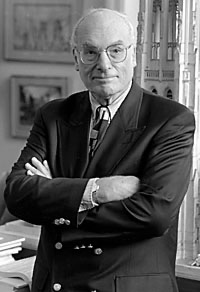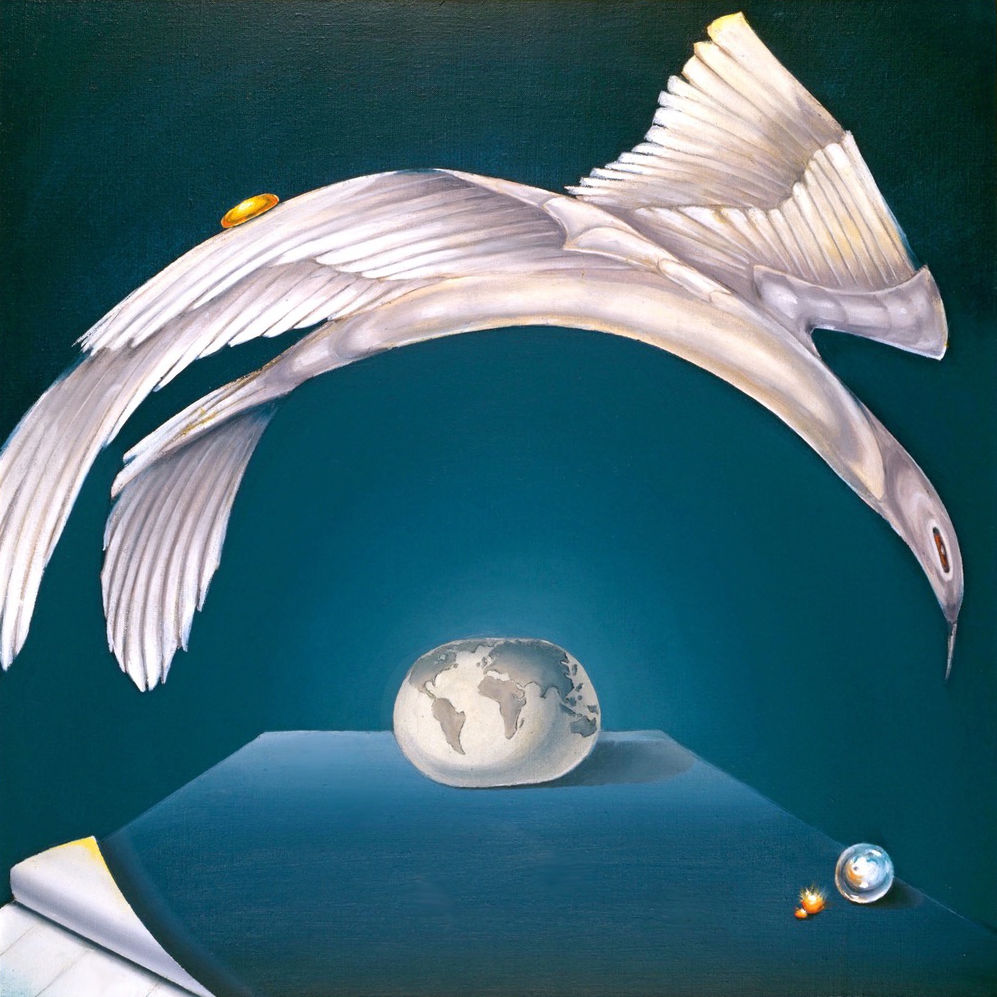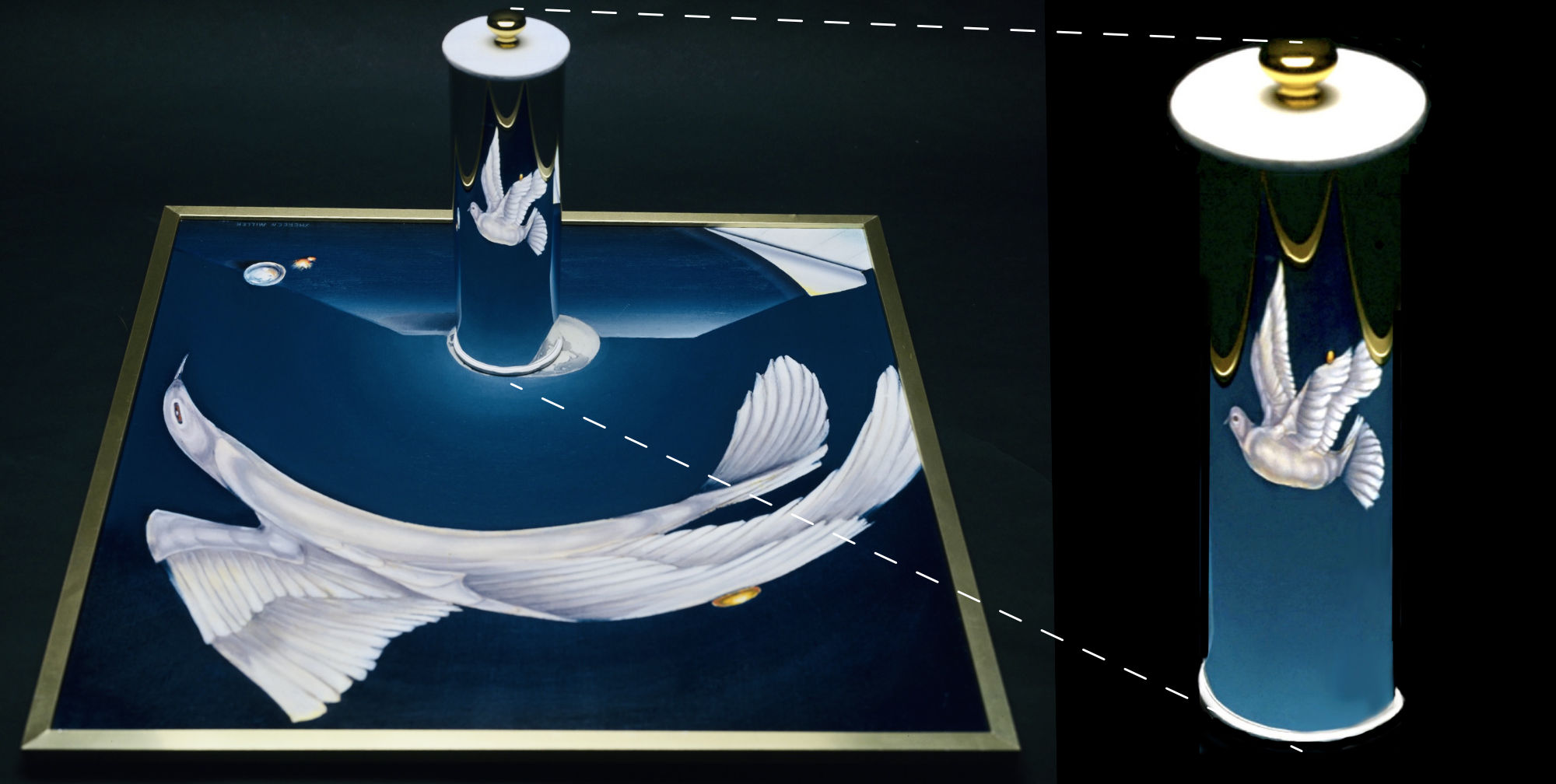Anamorphic Art: A Journey Through Illusion and Perspective
What is Anamorphic Art
Anamorphic Art is a mesmerizing fusion of art, science, and mathematics, designed to challenge the way we perceive reality. Unlike traditional paintings, anamorphic images appear stretched or distorted until viewed from a specific angle or reflected onto a mirrored surface, such as a cylindrical mirror. This unique optical illusion engages the viewer, making them an active participant in uncovering hidden images that seem to shift, move, and transform before their eyes.
By seamlessly blending Abstract and Realism, Anamorphic Art creates an interactive experience that awakens curiosity and redefines perspective. It invites visitors to step beyond passive observation and actively explore how angle, distance, and reflection alter what is seen.
A Brief History: From the Renaissance to the Modern Era
The origins of anamorphic art can be traced back to the Renaissance, when artists and scholars experimented with geometry, perspective, and optics to manipulate space on a flat surface.

One of the earliest pioneers was Leonardo da Vinci (15th century), who documented his experiments in distorted perspective, laying the groundwork for later artists such as Albrecht Dürer (Germany), Hans Holbein (Holland), Caravaggio (Italy), and Jean-François Niceron (France).
By the 18th century, cylindrical mirrored anamorphic art emerged, bringing distorted images to life in stunning 3D-like reflections. These optical illusions fascinated collectors and scholars alike, but by the late 1700s, anamorphic art mysteriously disappeared from mainstream art. For nearly two centuries, it remained an obscure, forgotten technique—until its modern revival.
The Revival of Anamorphic Art: Shereen Miller’s Legacy
In 1976, Dutch researchers Joost Elffers and Michael Schuyt rediscovered anamorphic art, leading to a groundbreaking exhibition at the Rijksmuseum in Amsterdam. That same year, Indian artist Shereen Miller independently began her own journey to revive and transform this forgotten art form.
Unlike Renaissance artists who had mentors and academic resources, Shereen had no formal training in anamorphic techniques. There were no books, no art schools teaching it, and no tools readily available. Yet, through relentless experimentation and sheer creative instinct, she became the first modern artist to master and modernize anamorphic art in the 20th and 21st centuries.
Her pioneering work led to: -The revival of anamorphic portraiture, blending traditional and contemporary styles. -The creation of the first anamorphic abstract paintings in history. -The only known collection of 54 cylindrical Anamorphic and Apo-Anamorphic oil paintings and drawings—a historic milestone that redefined the art form for the modern world.
Her innovations earned her recognition from art scholars, including Yale University Art History Professor George Hersey, who stated:

George Hersey, Yale University Art History professor, applauds Shereen Miller’s anamorphic art as extraordinary. Indeed, according to Hersey, Miller possibly stands alone in her exploration of this form. “She’s the only one I know of who does this”, Hersey says. She has taken this rather arcane speciality of anamorphism, which was cultivated by students of optics in the Renaissance and made it into a contemporary art form. That’s an innovation”!
Anamorphic Art Today: A Legacy Reborn
What was once considered a forgotten relic of the past is now a cutting-edge art form that continues to evolve and inspire new generations. Thanks to Shereen Miller’s pioneering work, anamorphic art has regained recognition and continues to push the boundaries of perspective, science, and artistic expression.
Anamorphic Art is not just about seeing—it’s about how you see. It challenges perception, engages the mind, and reminds us that reality depends on perspective.
Experience Anamorphic Art at the Museum
This exhibition offers visitors the rare opportunity to explore the world’s most comprehensive collection of Anamorphic and Apo-Anamorphic Art. Through interactive installations and optical illusions, you will witness art transform before your eyes—a visual phenomenon that blurs the line between reality and illusion.
Oil painting anamorphic, Shereen Miller 1986


